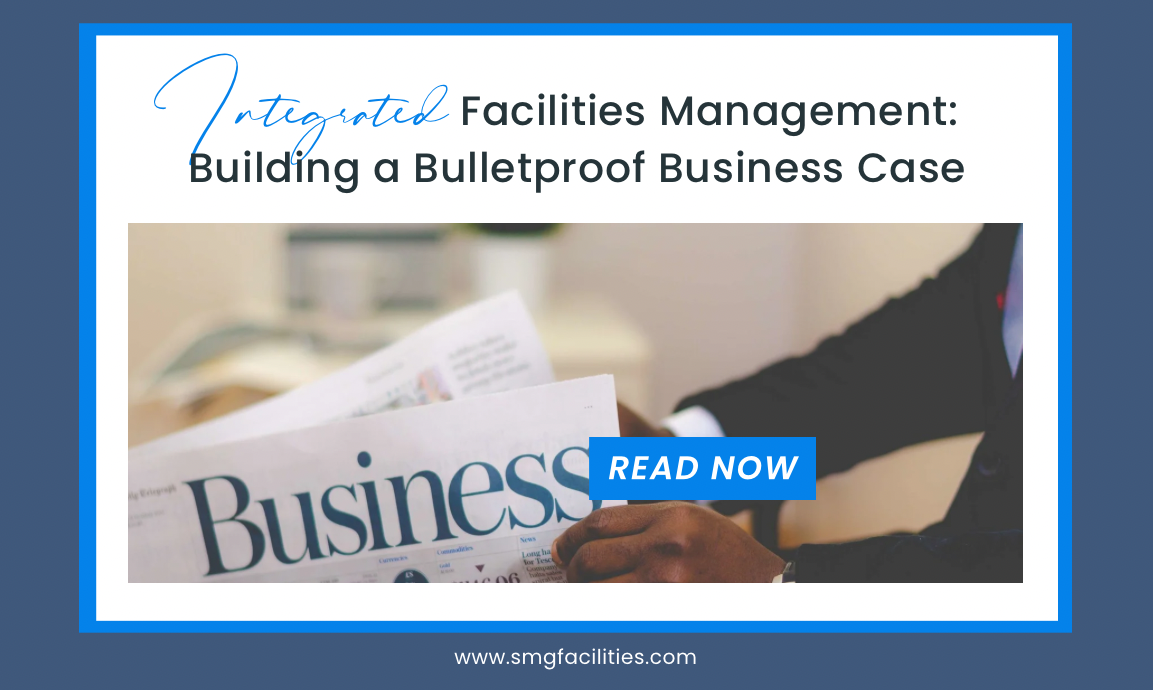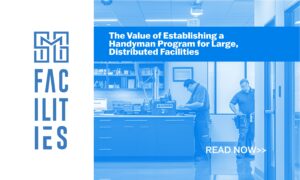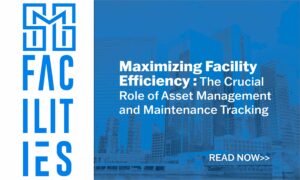Integrated facilities management is among the best ways for multi-site organizations to effectively reduce unnecessary costs and proactively control facility needs. At the same time, left unchecked, failures in facilities management can have a disastrous effect on the company and its valued clients. As noted by Facility Executive, “The cost of a badly run facility can run from loss of productivity in regular workplaces to outright disasters in mission-critical facilities. For instance, a West Coast hospital lost access to vital patient records for more than a week due to a data center shut down caused by an HVAC system burnout. In another incident, a weekend water leak destroyed servers in a data center resulting in a loss of clients.” For that reason, more multi-site organizations have turned to outsourcing facilities management services and unifying facilities management under an integrated umbrella. Facility managers need to know a few things about building a bulletproof business case for taking full advantage of this very service.
Start With Identifying Potential Risk in Your Facilities
The first step to a successful business case for any type of service begins with benchmarking and knowing where you stand. By taking a full inventory of your capabilities and needs, it’s easier to prioritize your facilities, define the budget and get on the path away from deferred maintenance. That’s the biggest weakness and cause of modern facilities management failures. When things are left unaddressed, the cost of repair can multiple upon itself within a matter of weeks, if not days. It’s too costly to continue putting out fires in this way, and that’s where the real definition of integrated facilities management can start to help.
Clearly Define the Value of Integrated Facilities Management
Integrated facilities management means combining all facilities management needs, from preventive maintenance through on-demand or disaster services to avoid costs and bring harmony to the process. That inherently includes leveraging a wider network of field service providers, managing payment to those service providers and avoiding extension of unaddressed work orders. Additionally, integrated facilities management further helps to keep everything in unison by ensuring a single source of accountability to support you and your full portfolio while effectively leveraging better buying power for your needs.
Identify Ways Outsourcing Integrated Facilities Processes Will Conserve Internal Resources, and Improve Productivity of Existing Staff
The business should further include information on how outsourcing integrated services can improve internal resources. That may include reduced stock levels of materials, fewer last-minute calls for repairs, increased in-house facilities professionals’ schedule stability, and much more. Ultimately, outsourcing eliminates the headaches of managing distributed portfolios and juggling service providers who support those assets.
Emphasize the Value of Scheduled Maintenance Versus On-Demand or Reactive Management
Scheduled maintenance is among the chief benefits associated with integrated facilities management too. Instead of waiting for things to break, scheduled maintenance considers the real facts, such as HVAC system runtime and facility use to perform preventive maintenance before things break. It’s also important to realize that scheduled maintenance differs from on-demand maintenance, such as an urgent need due to a disaster. And it further differs from reactive management, allowing technicians to streamline visits, reduce unnecessary truck rolls and effectively help your facilities stay in tip-top shape. That must be included within your business case for integrated facilities management.
Think About the Scalability of Outsourced Services Too, Especially With Respect to Disaster Management
Another critical point to make within the business case goes back to facility services scalability. Outsourcing opens the door to multi-site portfolio management, reducing the costs associated with building and maintaining an in-house team for each site. And by bridging the divide between traditional services and integrated services, it’s easier to scale integrated outsourced services than ever.
Start Creating Your Business Case by Partnering With an Established Leader
The world of facilities management will always endure the need to do more with less, avoid excess costs and better manage your assets. However, your organization leaves money on the table when an integrated approach is not the cornerstone of your facility strategy. Connect with SMG Facility Services to learn more about how your team can tap the value of integrated facilities management today.







